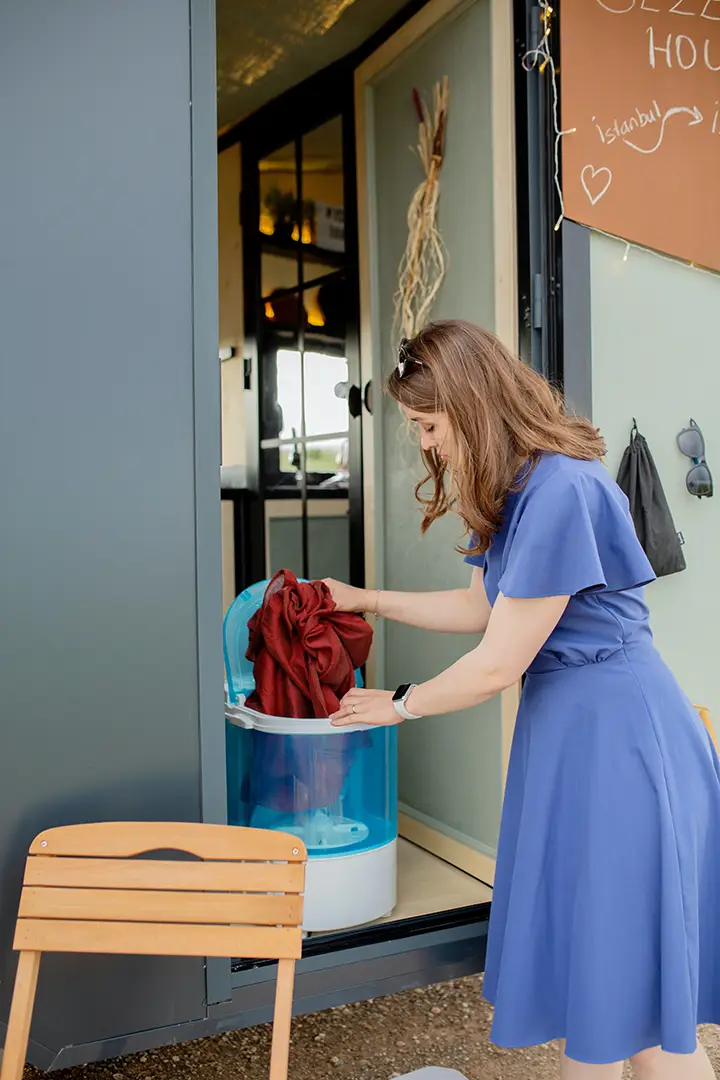Dryers are an essential part of any laundry room. They help to quickly and efficiently dry clothes and other items, saving time and energy. There are many types of dryers available today, each with their own advantages and disadvantages. Knowing the differences between these types can help you choose the best option for your laundry needs.
Vented Dryers: Vented dryers are the most common type of dryer. They use heated air that is drawn from outside the home to dry clothes. The air is then expelled through a vent in the wall or roof of the home. Vented dryers are typically less expensive than other types, but they can be less energy efficient and may take longer to complete a cycle.
Condenser Dryers: Condenser dryers use a condensing unit to turn steam back into water, which is then collected in a container or drained away. This type of dryer is more energy efficient than vented models, but it may cost more up front. It’s also important to note that condenser dryers require regular maintenance and cleaning to prevent lint buildup, which can lead to fire hazards.
Heat Pump Dryers: Heat pump dryers use a heat pump system to recycle warm air from inside the drum back into the drying cycle, resulting in less energy consumption than other types of dryers. Heat pump dryers are usually more expensive than other models, but they can be more energy efficient over time.
Gas Dryers: Gas dryers use natural gas or propane to heat air for drying clothes. This type of dryer tends to be more expensive than electric models, but it is typically faster and more energy efficient. Gas models also require regular maintenance and cleaning to prevent lint buildup and fire hazards.
No matter which type of dryer you choose, proper care and maintenance will help ensure that it runs efficiently and safely for years to come. Make sure you read your owner’s manual carefully before using your new appliance so that you understand how it works and how best to take care of it!
